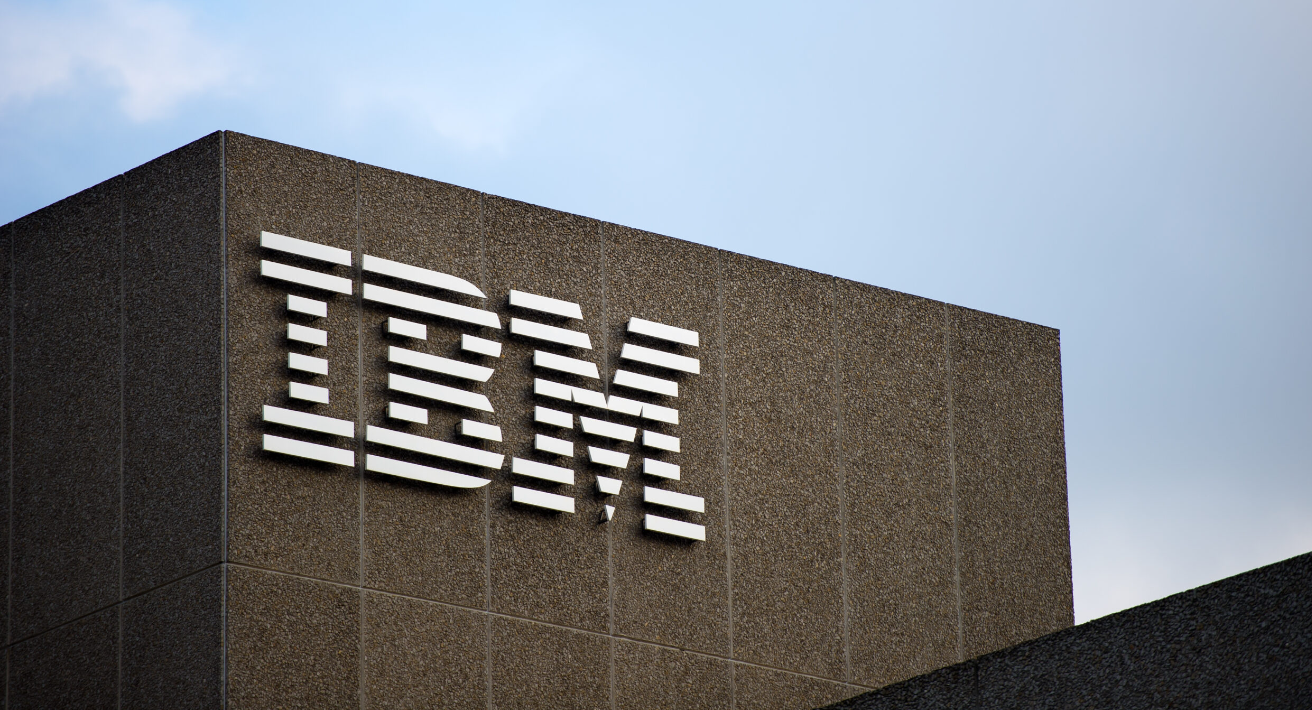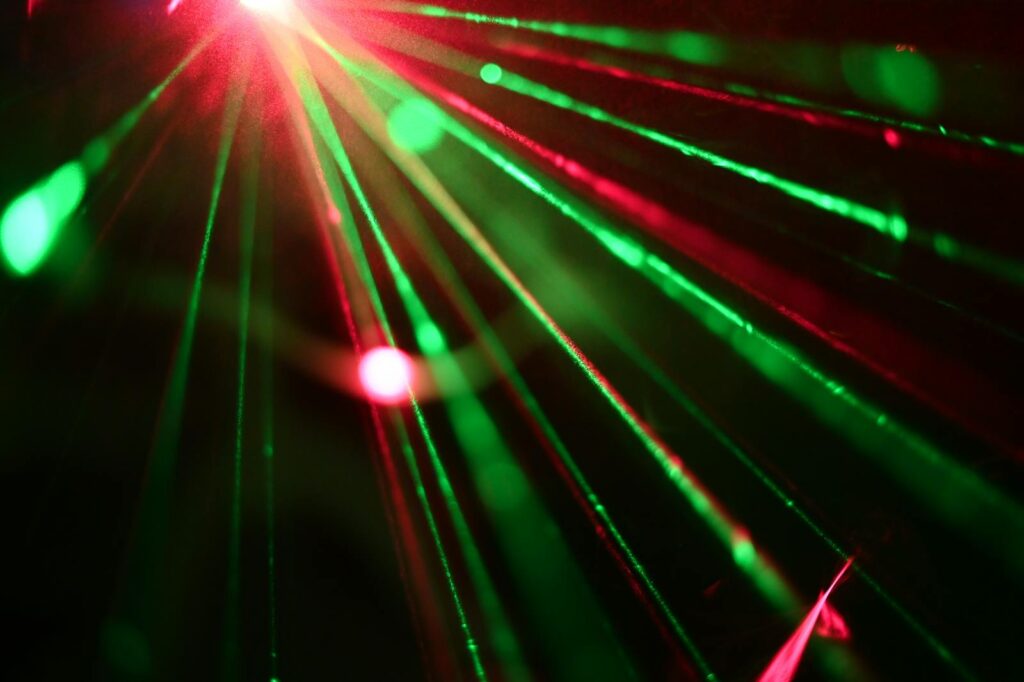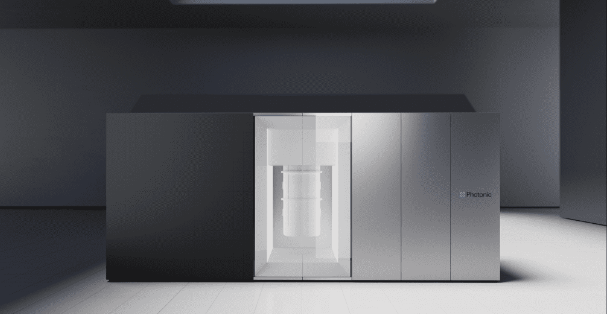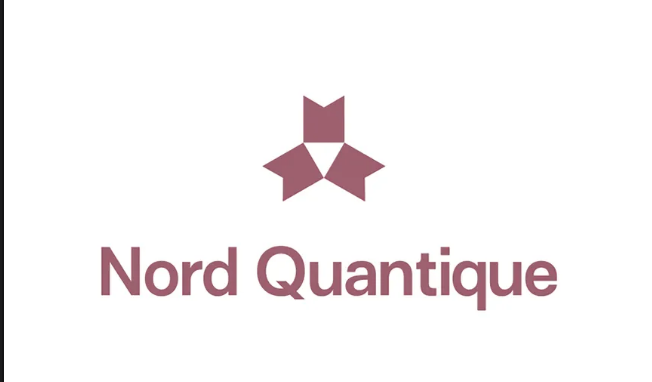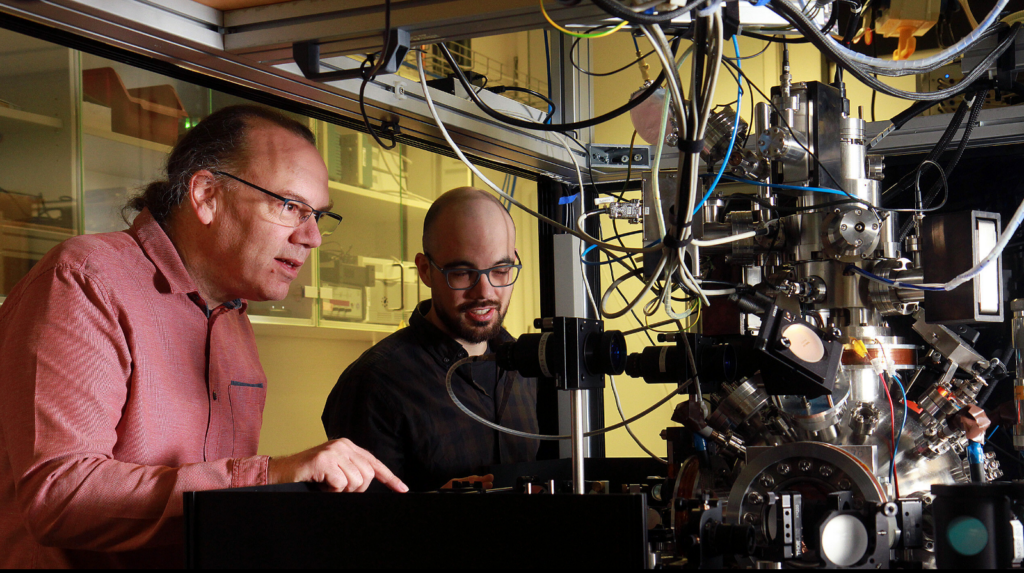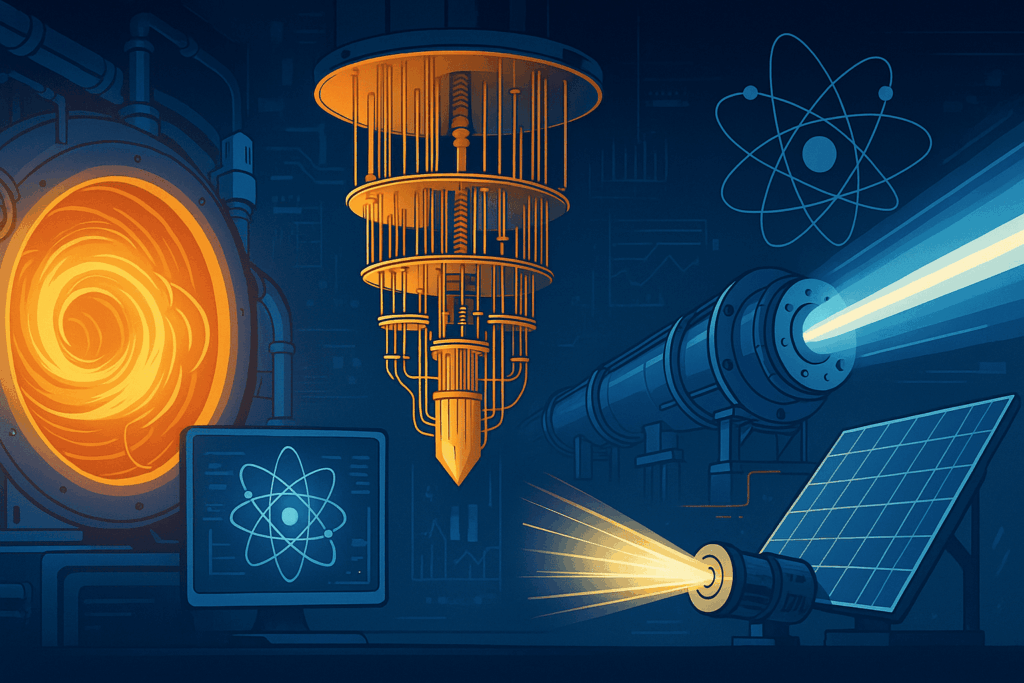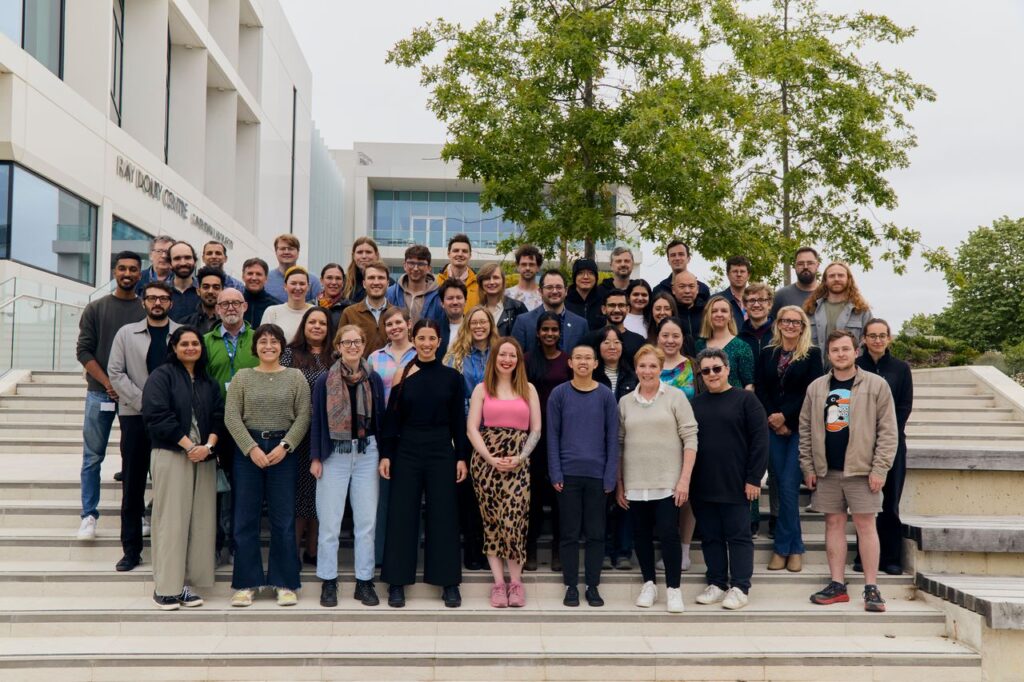Insider Brief
- IBM scientists Ted Yoder and Sergey Bravyi have made significant advancements in quantum error correction, focusing on Low-Density Parity-Check (LDPC) codes to improve scalability and practicality.
- Their approach achieves a high error threshold with fewer physical qubits, making quantum error correction more efficient compared to traditional methods like surface codes.
- This breakthrough is crucial for scaling quantum computing, bringing it closer to real-world applications.
On a recent episode of the Crosstalk podcast, leading scientists from IBM in this area, Ted Yoder and Sergey Bravyi, discussed the problem of error correction in quantum computing. Their latest publication, High Threshold and Low Overhead Fault-Tolerant Quantum Memory, presents a significant stride in making quantum error correction more scalable and practical for real-world applications.
Quantum computing error correction is famously intricate because qubits are so delicate and subject to error by interference from the environment. Low-Density Parity-Check (LDPC) codes provide hope for reducing overhead in error correction while still allowing high error-correction thresholds. The focus of this work by Yoder and Bravyi is on LDPC.
“The main goal of quantum error correction is to create protected logical qubits that are much better than the physical qubits they’re made out of,” Bravyi explained. He further went on that their approach “introduces redundancy in a way that encodes quantum states, leading to correlations between qubits that we can measure and correct.”
The paper’s LDPC codes offer a high error threshold of about 0.7%, comparable to the widely used surface codes, but with significantly fewer physical qubits. Yoder said: “These LDPC codes can actually have logical error rates comparable with the surface code while using an order of magnitude fewer physical qubits.”

A critical challenge in quantum computing has been the large number of physical qubits required for effective error correction. Traditional methods like surface codes demand thousands of physical qubits to maintain a small number of logical qubits, which has hindered scalability. Bravyi and Yoder’s work addresses this by developing codes that pack more logical qubits into a smaller number of physical qubits.
“We found that these LDPC codes can achieve similar performance to surface codes but with significantly lower overhead, which is crucial for scaling quantum computers,” Yoder pointed out.
As quantum computing continues to evolve, the need for scalable and efficient error correction becomes increasingly urgent. Bravyi shared their vision for the future: “We keep working on these codes, and I’m personally very interested in improving decoding algorithms. The performance of a quantum code depends heavily on how good your decoding algorithm is.”
This, then, is the critical step that could bring quantum computing a major step closer to accessibility and reliability, setting the stage for its application in the real world.
Featured image: Credit: IBM

